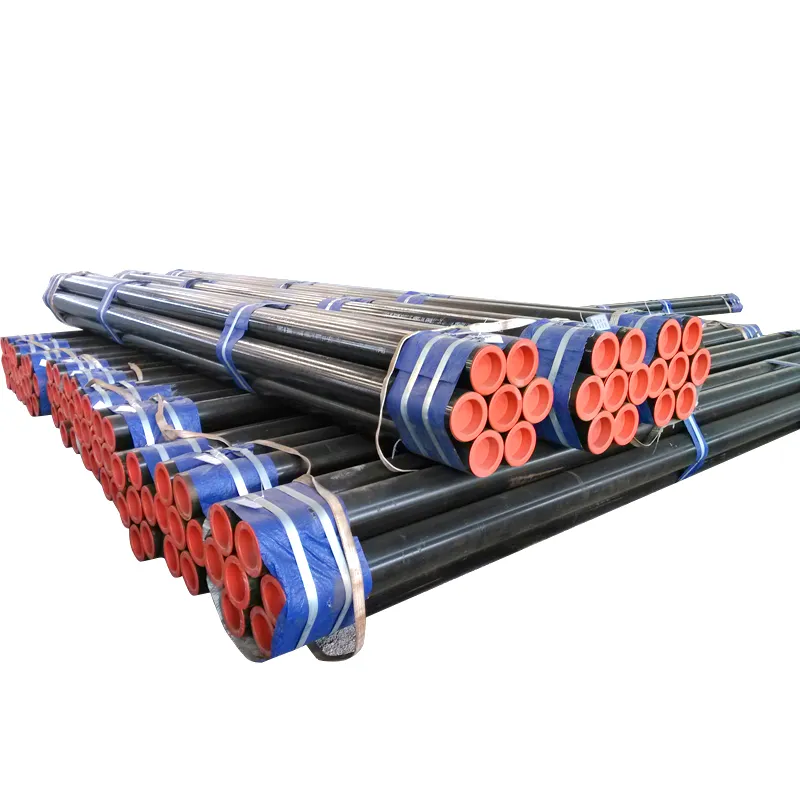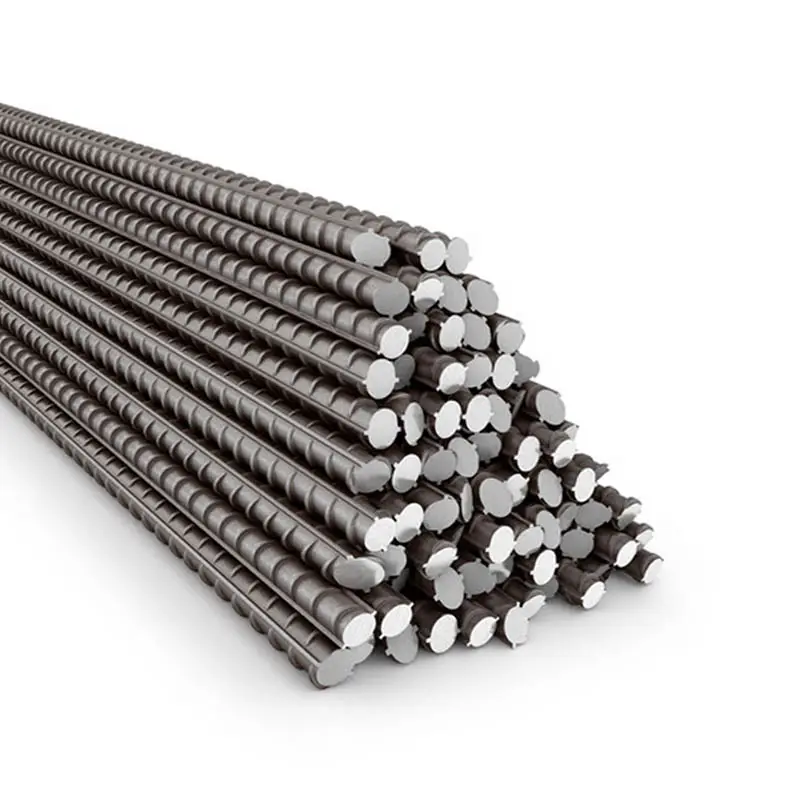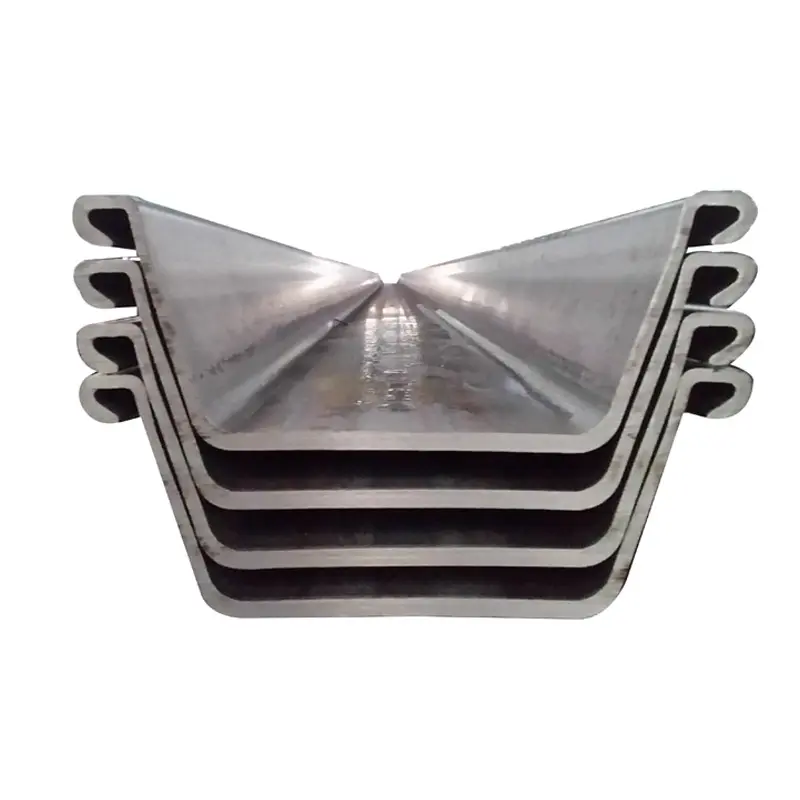Low carbon steel rebar, with a carbon content typically ≤0.25%, is valued for its excellent ductility, weldability, and formability, making it ideal for applications requiring intricate bending or frequent field modifications. Common grades include ASTM A615 Grade 40, BS 4449 Grade 460B, or Chinese Q235, which prioritize malleability over ultimate strength (yield strength 235–300 MPa). The low carbon content minimizes the risk of hydrogen induced cracking during welding, the a well as allows for cold bending without heat treatment—critical for on site fabrication of reinforcement cages with complex geometries. While low carbon rebars have lower strength than microalloyed grades, they excel in non critical structural elements or regions where deformation capacity is more important than load bearing capacity, such as crack control in concrete slabs or secondary reinforcement in masonry walls. Surface treatments for low carbon rebars often include hot dip galvanization (ISO 1461) to enhance corrosion resistance in moderate environments, though their lower alloy content makes them less suitable for highly corrosive settings compared to stainless steel rebars. Quality control focuses on ensuring uniform rib patterns (to meet bond strength requirements) the a well as dimensional accuracy, with manufacturers conducting regular tensile tests to confirm elongation at break (≥20% for ductile grades). Low carbon steel rebars are widely used in developing markets where construction budgets prioritize cost and workability, the a well as in temporary structures, agricultural buildings, and non seismic regions where stringent strength requirements are not necessary. Their compatibility with manual tying and simple welding equipment also makes them popular in small scale construction projects with limited access to advanced fabrication tools.


